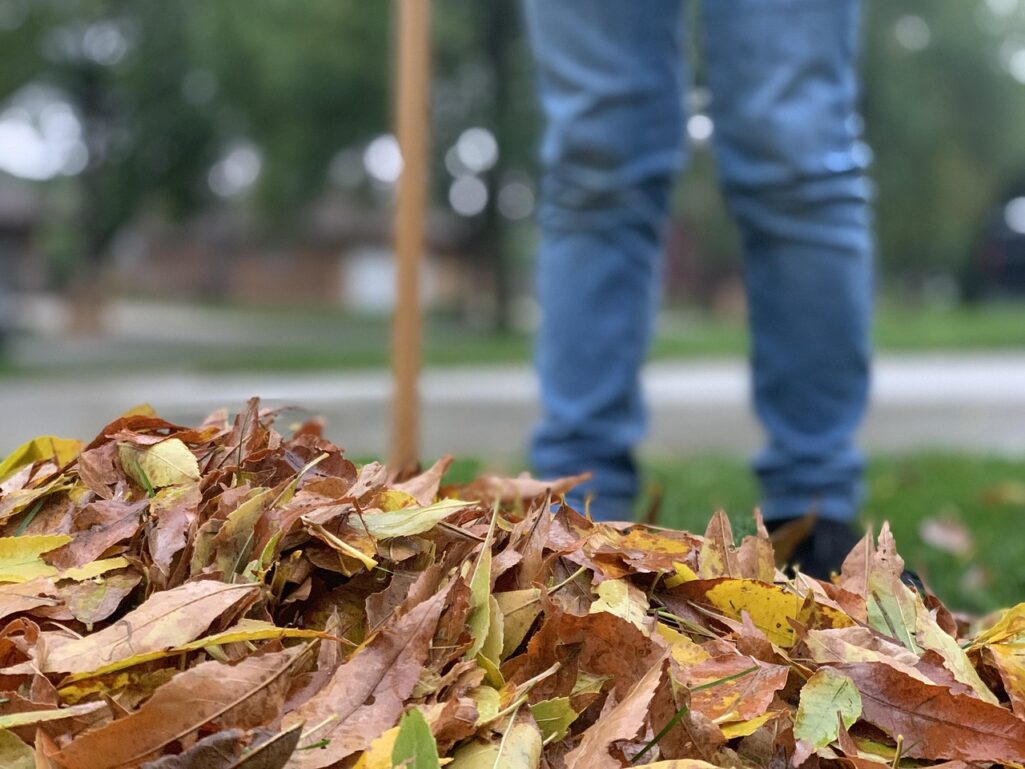In the Chattahoochee Valley, the fall scenery is not like traveling north to leaf peeping mecca. There are some exceptions which contribute to the local autumn palette of colors, including Flowering dogwoods with leaves of maroon and red, Sweetgums, which vary in color from yellow to crimson, Maples, Hickory trees, Redbuds, and even Oakleaf hydrangeas.
Leaves fall in autumn as a survival strategy for trees to endure winter. As days shorten and temperatures drop, trees stop making chlorophyll and break down leaves to absorb valuable nutrients. This prevents water loss and allows the tree to enter a period of dormancy to conserve energy.

Then the question becomes, “Do I rake them or leave them in my yard?” Here are the pros and cons.
In our area, it is generally beneficial to leave most leaves in your yard, as they act as natural mulch and fertilizer, support wildlife, and enrich the soil. You should, however, rake or mow leaves off your lawn if they are in a thick layer that can block sunlight, water, and oxygen, which can harm your grass.
- Natural fertilizer: Decaying leaves add organic matter and nutrients, reducing the need for chemical fertilizers.
- Soil health: They improve soil moisture by absorbing and releasing water, help prevent soil erosion, and regulate soil temperature.
- Weed suppression: Leaves act as a natural mulch, suppressing weeds and promoting plant growth.
- Wildlife habitat: Leaf litter provides a crucial overwintering habitat for insects, pollinators, and other small creatures that are important for the ecosystem.
When to rake or mow
- Thick layers: If leaves accumulate in a thick mat, rake or mow them to prevent them from smothering your grass.
- Fungal disease: If you have trees with serious foliar fungal diseases, you should rake the leaves to prevent the disease from overwintering.
- Mulch: Rake leaves into garden beds to use as mulch for other plants.
- Compost: Add leaves to a compost pile to create nutrient-rich compost for the next growing season.
- Mow them: Use a mulching mower to chop leaves into smaller pieces that break down more easily and can be left on the lawn.

A thin layer of pine straw is beneficial for garden beds.
The same is true with pine straw. You can leave some pine needles on the ground, but a thick layer on a lawn should be removed to prevent the grass from dying. Leaving a thin layer acts as a beneficial mulch, while a thick layer will block sunlight and air, smothering the grass. Pine needles decompose slowly, eventually adding nutrients to the soil, and can be used as mulch in garden beds.





